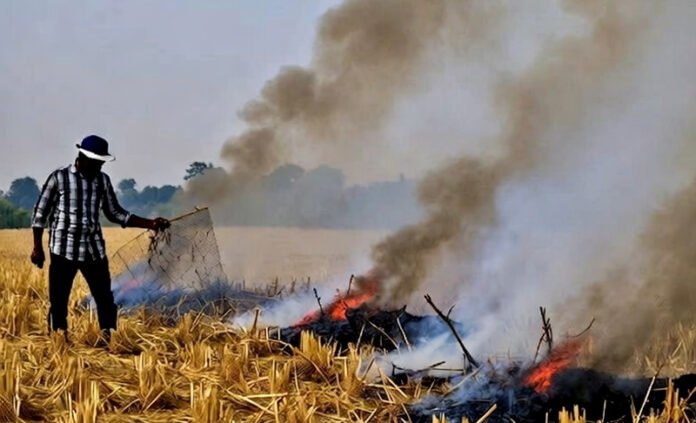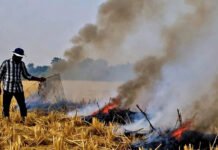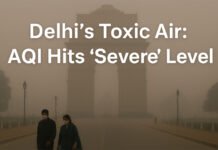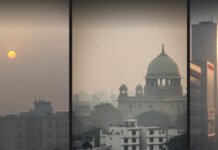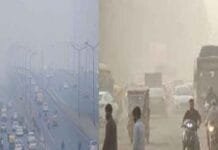New Delhi | November 5, 2025 — Environment & Policy Analysis
As Delhi’s skies darken with seasonal smog, a deeper debate has emerged: India’s farm policies, not just stubble burning, may be the root of multiple crises — from toxic air to shrinking water tables and poor dietary diversity.
While stubble fires across Punjab and Haryana remain politically charged each winter, environmental experts argue they represent only a fraction of NCR’s pollution load, compared with vehicular, industrial, and construction emissions.
“Blaming farmers alone is simplistic. The real issue is a broken agricultural incentive system that rewards water-guzzling crops and residue burning,” said Dr. Devinder Sharma, agriculture policy analyst.
🌫️ Beyond the Smoke: A Deeper Ecological Breakdown
| Problem Area | Key Impact | Root Cause |
|---|---|---|
| Air Pollution | 5–10% NCR contribution from stubble smoke | Late rice harvest, mechanized residue clearing |
| Water Depletion | Groundwater in Punjab falling 1m/year | MSP system favors paddy over pulses, millets |
| Soil Health Decline | Loss of organic content, increased fertilizer use | Monocropping and residue burning |
| Nutritional Imbalance | Decline in local grains and legumes in diets | Policy neglect of coarse cereals |
🚜 Policy Legacy: The MSP Trap
Experts trace the crisis to decades of Minimum Support Price (MSP) support for paddy and wheat, which has distorted crop choices and worsened air and water stress.
Punjab and Haryana farmers continue growing paddy, despite its poor suitability for semi-arid regions, because of assured procurement and government subsidies for electricity and fertilizers.
“Our food security policies from the Green Revolution era are now undermining environmental security,” warned NITI Aayog’s Environment Division in a recent report.
💧 Water and Diet at Breaking Point
A 2025 report by the Indian Council for Agricultural Research (ICAR) found that 70% of India’s freshwater extraction goes to irrigation — mostly for rice and sugarcane.
Meanwhile, dietary diversity has plummeted, with per capita consumption of millets dropping 60% since 1980, contributing to rising non-communicable diseases.
“What we’re seeing is an ecological domino effect — the same policy that grows rice feeds pollution, depletes aquifers, and shrinks nutrition,” said Dr. Ramesh Chand, agricultural economist.
🧭 The Way Forward
Policy think tanks and environmental bodies have urged a multi-sectoral reform approach, including:
Incentivizing crop diversification into millets, pulses, and oilseeds.
Linking MSP and subsidies to environmental outcomes.
Investing in residue management technologies and regenerative farming.
Introducing carbon credits for low-emission agriculture.
🗣️ Expert Voices
“It’s not just about stopping fires — it’s about rethinking what we grow, where we grow it, and how we feed ourselves,” said Dr. Anjal Prakash, IPCC Lead Author.
“Agriculture policy is climate policy now.”

